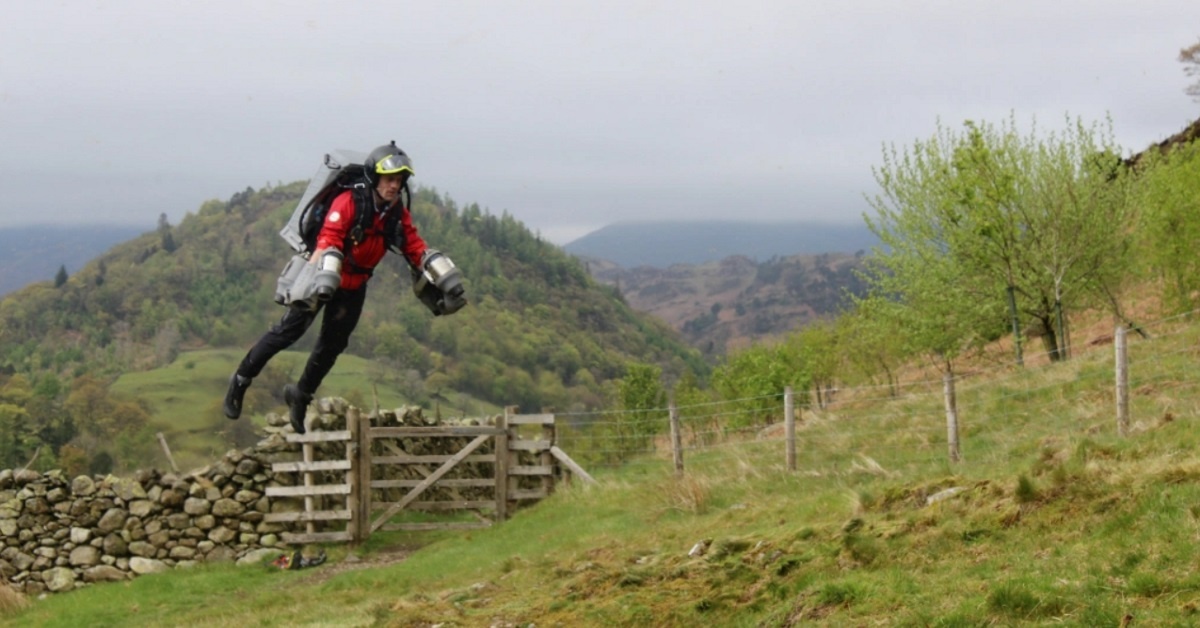Based on the new results, life-saving jet suits could be fully operational in the Lake District of North West England as soon as the summer of 2022.

The Great North Air Ambulance Service (GNAAS) has been collaborating with Gravity Industries, the producer of the jet suits, since 2020. Their goal is to successfully apply this state-of-the-art technology in the field of paramedic services. This would allow emergency responders to fly to incidents, significantly reducing response times.
Thanks to GNAAS’s partnership with Ørsted, the leader in renewable energy, the amount of time to train capable candidates to fly the jet suit in the Lake District takes only 6 days. And with the latest technological advancements in the jet suit, which now has more powerful turbines and a structure that can be completely 3D printed, the future looks bright for jet-pack-enabled mountain rescue.
In the most recent test, Jamie Walsh, a critical care paramedic, was able to fly to the top of Helvellyn, England’s third highest peak, with very promising results. Gravity Industries even published a video of the breathtaking test fly.
The rescue simulation took only 3 minutes and 30 seconds with the jet suit, while the 1,12 miles (1,8 kilometers) long climb would normally take more than an hour. Furthermore, when thick fog covers the mountain top, like in the video, helicopters can’t land on the mountain due to the lack of visibility.
Andy Mawson, director of operations at GNAAS, said: “This sounds awful but after more than ten years of flying around the skies in helicopters and driving rapid response cars on blue lights, the excitement of it doesn’t excite me as much as the idea of using a jet suit and being able to say to the first patient, I bet you never expected that.”
In the next phase of the trials, GNAAS aims to develop the flight skills of its paramedics, so by summer they could provide real assistance with jet suits in the Lake District, and actual operational experience could be evaluated.
The use of jet suits for urgent casualty response could greatly improve the survival chances of patients, and if the project is going to be successful, in a few years we might be seeing paramedics flying everywhere where needed.
Sources: 1, 2
